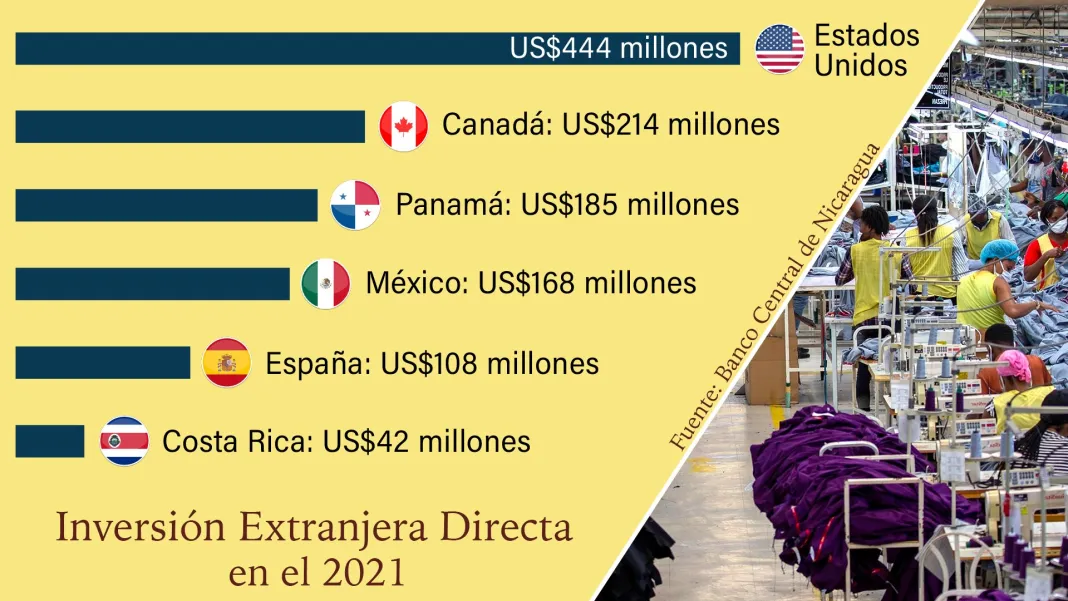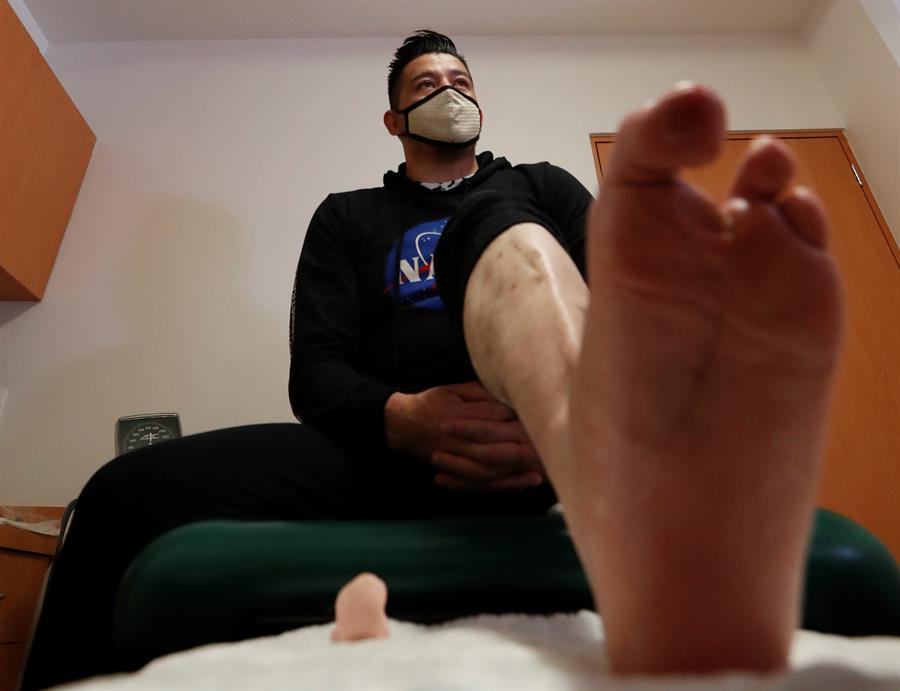Losing a finger, a leg, or suffering complications from covid-19 are some of the greatest fears of Rosalía, one of the 13 million people in Mexico who suffer from diabetes, the third cause of death in the country in 2020.
“Yes, it’s scary (losing a limb),” the 68-year-old woman, who has lived with diabetes for 32 years, confesses this Sunday on World Day of this disease.
It is a disease that affects more than 463 million people in the world, according to the International Diabetes Federation (IDF).
And it is, according to the Mexican surgeon Roberto Carlos Rebollar, a disease that usually generates complications in those affected. “The number of complications is too high because practically any organ, any system, can be affected,” he says.
Among the most frequent, he says, are those that affect the brain, ophthalmic, kidney, and extremities.
Diabetic foot is “one of the most frequent complications that can manifest itself chronically or acutely in our patients,” he adds.
This complication appears when there are inadequate levels of glucose in the blood and other factors that frequently occur in people with diabetes, such as high blood pressure or hypercholesterolemia.
These conditions, Rebollar says, cause damage to vessels and nerves that can cause a lack of sensitivity and lead to amputations.
A DIFFICULT PROBLEM
Mexico currently ranks sixth worldwide in cases of diabetes with an estimated 13 million people – according to the Mexican Diabetes Federation – living with this disease.
In addition, 151,019 people died from this disease in 2020, being the third cause of mortality.
Experts and health authorities consider that it is also one of the comorbidities that complicate the symptoms of covid-19, a pandemic that adds more than 3.8 million cases in Mexico and exceeds 290,000 deaths, being the fourth country in the world by absolute numbers of deaths.
A recent investigation by the General Directorate of Legislative Analysis of the Belisario Domínguez Institute (IBD), belonging to the Senate, detailed that people with obesity, diabetes, and/or hypertension are – in general – almost twice as likely to develop covid- 19 severe at hospital admission, compared to those without these diseases.
Cristian González is a 32-year-old Mexican who suffers from diabetes. Until April of this year, he was unaware that he was diabetic, but a blister on his foot that became complicated led not only to the diagnosis but also to the risk of losing his foot.
. “I made my debut (in disease) with diabetic foot on April 3 this year I had an injury, an ulcer, a week earlier and longer until it thundered and I could smell and I said: this is no longer normal” account.
Rebollar recognizes that many times patients are unaware of their health status and are diagnosed until, like Cristian, they suffer from some complications.
According to the National Health and Nutrition Survey 2018-2019, the rate of lower limb amputations due to diabetic foot increased by up to 7% in 2018 compared to 2012.
In addition, it is estimated that 80% of finger, foot, or leg amputation in Mexico is caused by diabetes mellitus, according to an analysis carried out by the German company Ottobock.

Although the prognosis for Cristian was bad, as he had been told that they would have to amputate him up to the knee, he was lucky to arrive with Rebollar who specializes in diabetic foot and limb salvage.
The specialist managed to save his foot and only had to amputate two toes of his left foot.
However, Cristian, who worked as a gas delivery man in Mexico City, acknowledges that his life is no longer the same.
“I can no longer drive 100, mostly through the fingers, I already have to wear an orthopedic shoe, eat a healthier diet, without salt, without sugar, more balanced,” he laments.
And he says that they also relegated him to another job.
SAVE THE LIMBS
Rosalía Villanueva has been living with diabetes for more than three decades. About five years ago, a fracture in her foot made her almost lose her limb, but she arrived in time to avoid amputation.
“(The doctor) told me that I was a diabetic foot that they had to operate on me because everything was already dead and that if it had stayed longer (the cast) they would remove the cast with everything and foot,” he says.
The problem, says Dr. Rebollar, is that in Mexico there are not many specialists who take care of the diabetic foot “and this has generated a very big problem for us.”

He pointed out that many patients go to vascular surgeons, traumatologists, or even podiatrists who are not trained to treat these types of conditions, and therefore 8 out of 10 patients lose their limbs.
“Because they sought care in one place in another place and time is wasting, ” he explains.
In addition, he recognizes that it is a very expensive complication, since a surgery in which arteries have to be uncovered, which often cause diabetic foot, can cost up to 600,000 pesos (about $ 29,000).
For this reason, Rebollar recommends that patients with diabetes have annual check-ups to prevent complications due to this disease.
“They say that they are obstacles that life puts us and we must know how to remove them, get ahead,” concludes Cristian.


















































































